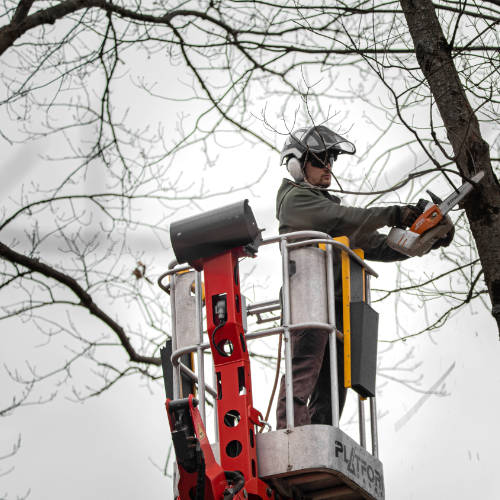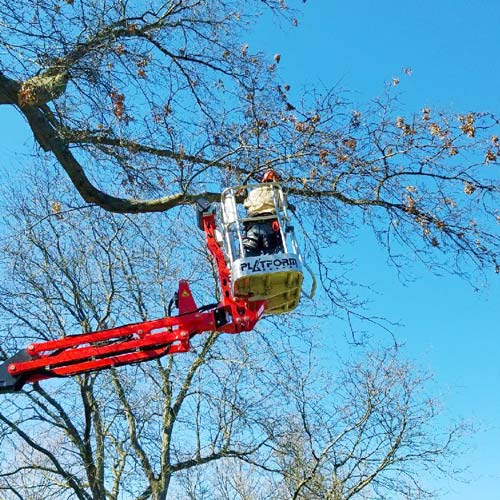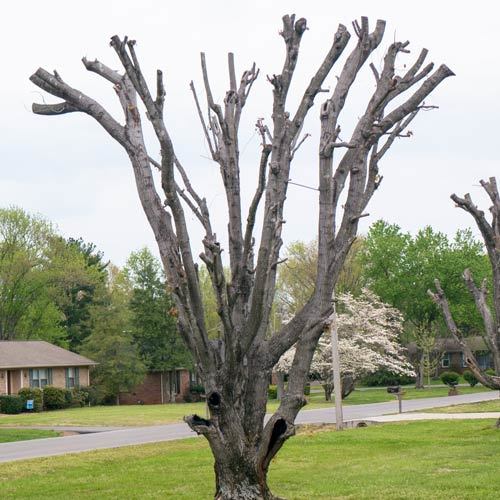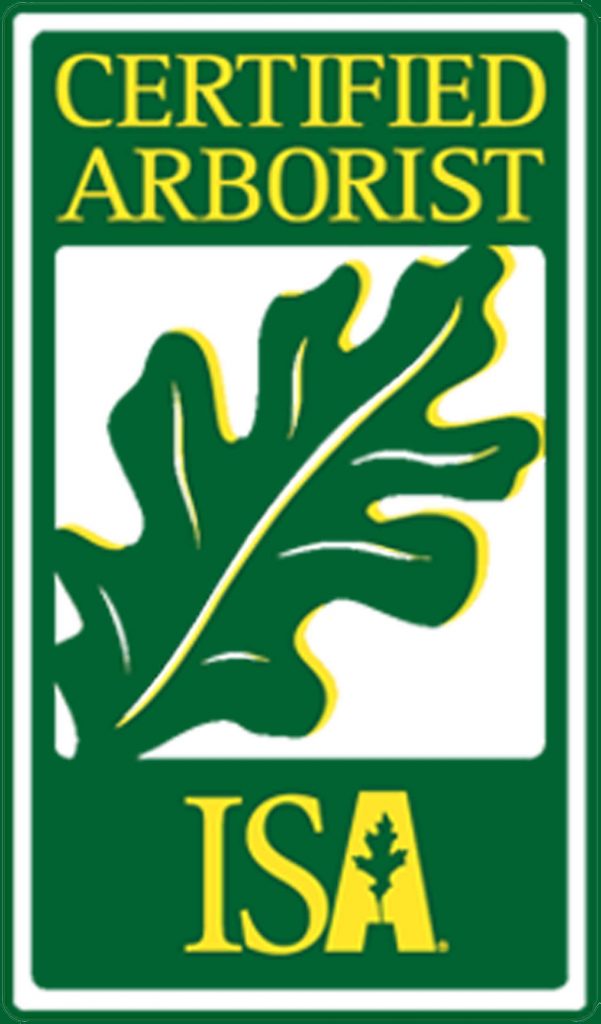When’s The Best Time For Tree Trimming?
1. Trimming Young Trees
Its best to begin trimming (or pruning) when your trees are young. This would ideally start shortly after planting them.
This provides trees with structural integrity as they mature. This should also not be a one-time pruning but rather a systematic plan you carry out as your tree grows.
2. Trimming Mature Trees
If you have mature trees, pruning is also important for “storm proofing.” Storm proofing makes the tree structurally sound so it is less likely to fail during storms.
For example, mature trees can develop branches with weak crotches or bad structure resulting in branch failure under heavy load.
If you have mature trees you would like to prune for aesthetic purposes then pruning during the growing season is best but can be accomplished anytime of the year.


Incorrect Pruning
- Flush Cutting – this doesn’t allow the tree to properly seal off the cut, resulting in decay in the tree.
- Tree Topping – this puts a great amount of stress on the tree. The resulting sucker growth is weak and will need additional corrective pruning in the years to follow. (Canopy reduction techniques or growth regulators are recommended).
- Spiking Up a Live Tree – this can cause pathways for insects and disease to enter your tree. (a tree should never be spiked unless it is going to be removed).

Incorrect Pruning Method Used By Many “Tree Guys”
Other incorrect pruning techniques to be aware of are:
For instance, if a tree’s interior is pruned too much (gutting), “lion tailing” may result on the remaining branches. This will cause them to snap under strong winds.
Admittedly, every “tree-guy” can perform pruning. BUT not every “tree-guy” can prune correctly.

